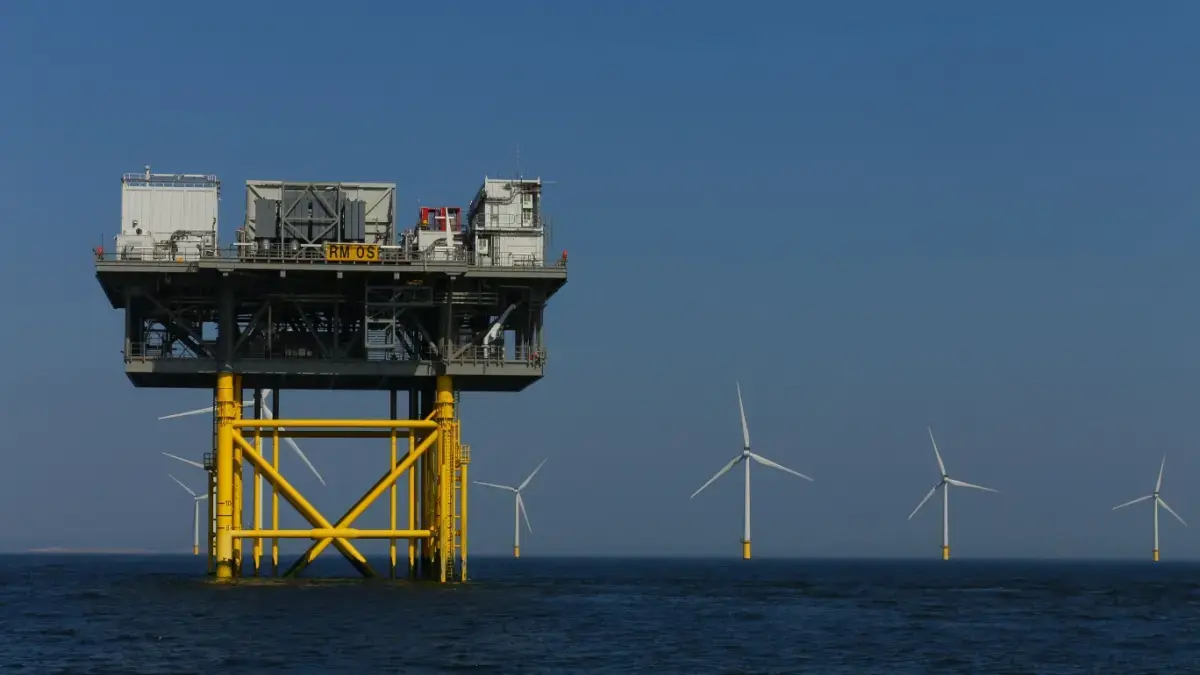The question of the impact of wind farms and oil drilling on wildlife raises an intense debate. While wind farms are often criticized for their effects on birds and marine life, oil drilling poses more immediate risks from oil leaks. However, innovation in renewable energy is focused on mitigating this impact, while climate change, exacerbated by fossil fuels, remains the greatest threat to biodiversity.
Key Information
- Wind farms and oil drilling significantly impact wildlife.
- Wind turbines are criticized for their effects on birds and marine life.
- Risks of leaks associated with oil drilling present direct threats.
- Innovation in renewable energy can help mitigate these impacts.
Wind Farms and Their Impact on Wildlife
Wind farms, while a source of renewable energy, raise concerns about their environmental effects, particularly on birds and marine life. Critics highlight the risk of bird collisions with turbine blades, as well as the disruption of marine habitats. However, it is important to note that local impacts such as noise and habitat loss are often considered manageable thanks to appropriate wind turbine designs. For example, strategic site selection can reduce these effects and contribute to harmonious coexistence between wind energy production and biodiversity.
Oil Drilling and Its Impact on Marine Species
On the other hand, oil drilling poses more direct and alarming risks to wildlife. Oil leaks present an immediate threat to marine ecosystems, causing long-term damage to the health of marine animal populations. In addition to leaks, the noise levels generated by drilling activities disrupt the constant behavior of marine animals, affecting their communication and reproduction patterns. These cumulative effects underscore the urgency of a thorough evaluation of the environmental impact associated with oil drilling.
Climate Change and Biodiversity
Apart from the direct impact of wind farms and oil drilling, climate change, exacerbated by the use of fossil fuels, emerges as the greatest threat to global biodiversity. Rising temperatures, increasing sea levels, and changing natural habitats disrupt ecosystems and threaten many species. Therefore, although wind turbines have their drawbacks, they offer a long-term solution to combat climate change, thereby reducing the risks faced not just by birds and marine life, but by all of biodiversity.
Innovations to Mitigate Impact
Initiatives aimed at promoting innovation in the renewable energy sector, particularly wind energy, focus on reducing risks to wildlife. New technologies allow for the design of more environmentally-friendly wind turbines, incorporating precise measures to minimize bird collisions. These efforts are supported by enhanced research, emphasizing the need to develop and implement strategies that protect wildlife while pursuing sustainable energy goals.
Is Carbon Really Bad for the Environment While Being the Chemical Element That Makes Life Possible?
A Choice Between Renewable Energy and Fossil Fuels
It is crucial to weigh the preferences between wind farms and oil drilling in a broader context of energy choices. Renewable energy, like wind energy, is not without impact, but represents a step forward toward reducing reliance on fossil fuels. This choice is even more relevant now, as the energy transition is urgently needed in light of the climate crisis. Ultimately, this reflection on what is most harmful to wildlife must consider the global urgency to protect our environment while striving to meet our growing energy needs.

